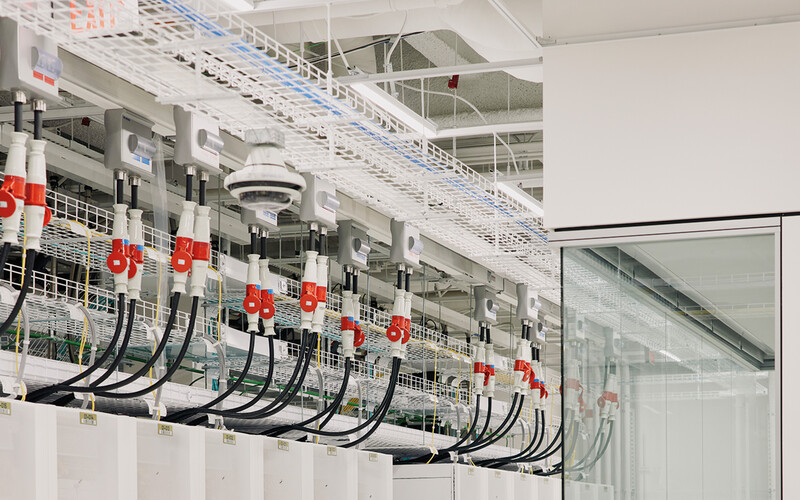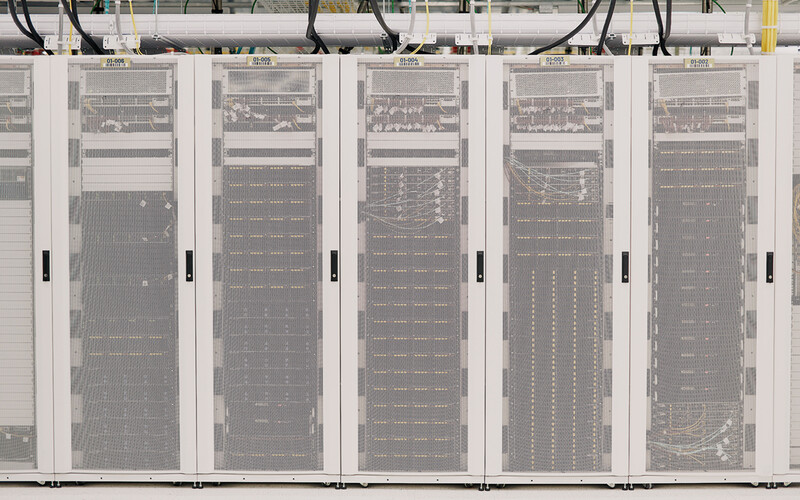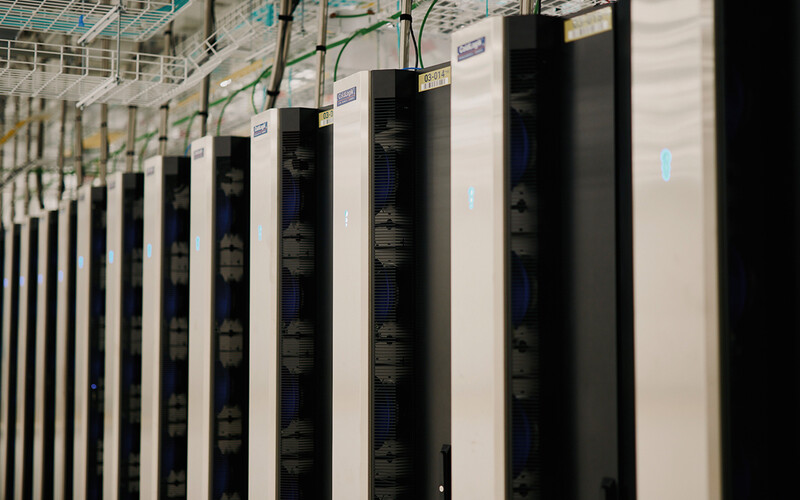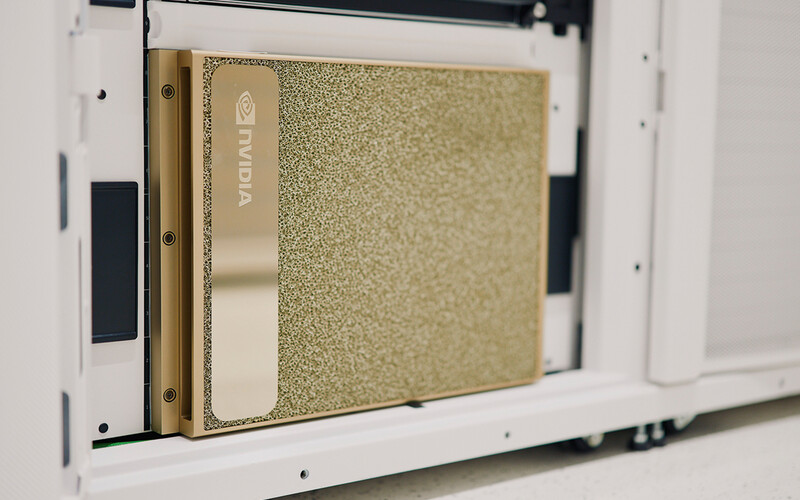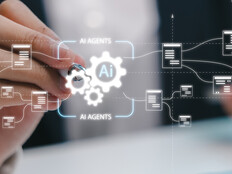The College of Engineering went live with the HPC system in April, piloting it in two undergraduate courses led by Ghassan AlRegib, a professor in the School of Electrical and Computer Engineering: a machine learning (ML) class and a Foundations of AI class open to all second-year students. In that class, one assignment is to build an AI application that can tell users their location on campus from a photograph of their surroundings, Bloch says.
“The goal with that class is to make AI accessible — and to some extent, understandable — to students who do not have a specialized computer science background,” he says.
This school year, about 10 courses will make use of the AI Makerspace, including College of Computing classes. The university is also encouraging faculty in Georgia Tech’s other colleges to take advantage of the supercomputer.
Previously, faculty in about 60 courses universitywide have provided students access to an existing on-campus HPC system. However, using the AI supercomputer requires more technical expertise, says Eric Coulter, research computing facilitation lead with Georgia Tech’s Partnership of Advanced Computing Environment (PACE), which manages the AI Makerspace and provides HPC technical support.
To simplify use, the College of Engineering is developing interfaces and software packages, including some automation tools, to make it more user-friendly, Bloch says. “We want to lower the bar of entry by making it easier to deploy resources.”
Security is baked into the system. PACE uses access control policies and the university’s centralized authentication system to ensure that only authorized users log in to the supercomputer, Coulter says. PACE also uses several dashboards to monitor logs, node performance and network load and troubleshoots problems when they arise.
RELATED: Are your AI chatbots giving away more information than they should?
The university will ramp up usage of the AI Makerspace over time.
In the future, university seniors will be able to use the HPC system for their capstone projects, while students in the university’s CREATE-X entrepreneur program will be allowed to use it for early stage prototyping, Bloch says.
“We learn a few things every time we ask students to use it, be it from the technical side or the instructional side. We want to present projects to students in a way that’s doable and not daunting,” he says.
UAlbany’s AI Plus Initiative Brings Machine Learning to Academia
Two years ago, the University at Albany launched its AI Plus initiative, a campuswide effort to integrate AI education throughout its academic and research programs. And now, the university has new HPC systems to power research and students’ studies using AI.
First, in August 2023, NVIDIA partnered with the university and made its DGX Cloud AI supercomputing service available to the campus community. This September, the university launched an on-premises, NVIDIA-powered AI supercomputer that provides the latest state-of-the-art technology to researchers and faculty who incorporate AI into their curriculum.
“We’re planning for research and academic coursework — large jobs and small jobs,” says UAlbany CIO Brian Heaton. “Whether faculty is experienced with AI or they’re just introducing it into their curriculum, we’re making the right systems available and providing the right kind of support to help them navigate those systems.”










